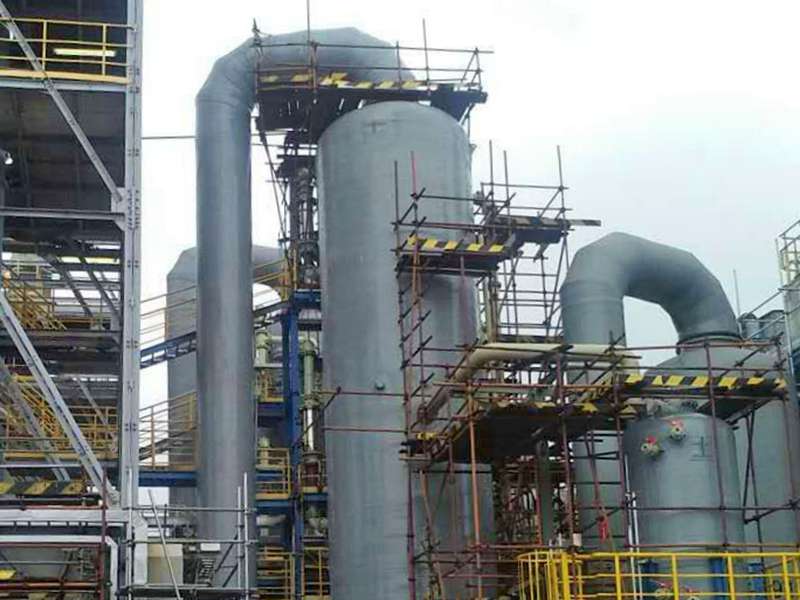
-
 Afrikaans
Afrikaans -
 Albanian
Albanian -
 Amharic
Amharic -
 Arabic
Arabic -
 Armenian
Armenian -
 Azerbaijani
Azerbaijani -
 Basque
Basque -
 Belarusian
Belarusian -
 Bengali
Bengali -
 Bosnian
Bosnian -
 Bulgarian
Bulgarian -
 Catalan
Catalan -
 Cebuano
Cebuano -
 China
China -
 China (Taiwan)
China (Taiwan) -
 Corsican
Corsican -
 Croatian
Croatian -
 Czech
Czech -
 Danish
Danish -
 Dutch
Dutch -
 English
English -
 Esperanto
Esperanto -
 Estonian
Estonian -
 Finnish
Finnish -
 French
French -
 Frisian
Frisian -
 Galician
Galician -
 Georgian
Georgian -
 German
German -
 Greek
Greek -
 Gujarati
Gujarati -
 Haitian Creole
Haitian Creole -
 hausa
hausa -
 hawaiian
hawaiian -
 Hebrew
Hebrew -
 Hindi
Hindi -
 Miao
Miao -
 Hungarian
Hungarian -
 Icelandic
Icelandic -
 igbo
igbo -
 Indonesian
Indonesian -
 irish
irish -
 Italian
Italian -
 Japanese
Japanese -
 Javanese
Javanese -
 Kannada
Kannada -
 kazakh
kazakh -
 Khmer
Khmer -
 Rwandese
Rwandese -
 Korean
Korean -
 Kurdish
Kurdish -
 Kyrgyz
Kyrgyz -
 Lao
Lao -
 Latin
Latin -
 Latvian
Latvian -
 Lithuanian
Lithuanian -
 Luxembourgish
Luxembourgish -
 Macedonian
Macedonian -
 Malgashi
Malgashi -
 Malay
Malay -
 Malayalam
Malayalam -
 Maltese
Maltese -
 Maori
Maori -
 Marathi
Marathi -
 Mongolian
Mongolian -
 Myanmar
Myanmar -
 Nepali
Nepali -
 Norwegian
Norwegian -
 Norwegian
Norwegian -
 Occitan
Occitan -
 Pashto
Pashto -
 Persian
Persian -
 Polish
Polish -
 Portuguese
Portuguese -
 Punjabi
Punjabi -
 Romanian
Romanian -
 Russian
Russian -
 Samoan
Samoan -
 Scottish Gaelic
Scottish Gaelic -
 Serbian
Serbian -
 Sesotho
Sesotho -
 Shona
Shona -
 Sindhi
Sindhi -
 Sinhala
Sinhala -
 Slovak
Slovak -
 Slovenian
Slovenian -
 Somali
Somali -
 Spanish
Spanish -
 Sundanese
Sundanese -
 Swahili
Swahili -
 Swedish
Swedish -
 Tagalog
Tagalog -
 Tajik
Tajik -
 Tamil
Tamil -
 Tatar
Tatar -
 Telugu
Telugu -
 Thai
Thai -
 Turkish
Turkish -
 Turkmen
Turkmen -
 Ukrainian
Ukrainian -
 Urdu
Urdu -
 Uighur
Uighur -
 Uzbek
Uzbek -
 Vietnamese
Vietnamese -
 Welsh
Welsh -
 Bantu
Bantu -
 Yiddish
Yiddish -
 Yoruba
Yoruba -
 Zulu
Zulu
Effective Solutions for Pollution Control with Fiberglass Scrubbers in Industry Applications
Understanding Fiberglass Scrubbers A Comprehensive Overview
In today's industrial landscape, the importance of effective air pollution control systems cannot be overstated. Among the various technologies available, fiberglass scrubbers have emerged as a popular solution for managing emissions generated by a wide range of processes. This article provides an in-depth look at fiberglass scrubbers, their applications, advantages, and how they function.
What is a Fiberglass Scrubber?
Fiberglass scrubbers are a type of air pollution control device that uses a fiber-reinforced polymer to remove pollutants from industrial emissions. The core function of these scrubbers is to clean airborne contaminants such as volatile organic compounds (VOCs), sulfur dioxide (SO2), and particulate matter. The use of fiberglass, a durable and corrosion-resistant material, enhances the longevity and effectiveness of these scrubbers, making them suitable for various industrial applications.
How Do Fiberglass Scrubbers Work?
At their core, fiberglass scrubbers utilize a process known as scrubbing, which involves the absorption of pollutants into a liquid medium. The scrubber typically consists of an elaborate system of inlet ducts, a packed tower filled with a liquid scrubbing solution, and an outlet system that channels cleaned air back into the environment.
1. Air Inlet Contaminated air is drawn into the scrubber through an inlet duct.
2. Contact with Scrubbing Liquid The air then flows through the packed tower, where it makes contact with a scrubbing liquid, which can be in the form of water or a specially formulated chemical solution. This scrubbing liquid captures the pollutants from the air.
3. Separation and Exhaust After the scrubbing process, the cleaned air exits the scrubber through an outlet system, while the absorbed contaminants are collected in the bottom of the tower. This collected slurry can be treated or discharged according to environmental regulations.
fiberglass scrubber

Applications of Fiberglass Scrubbers
Fiberglass scrubbers find applications in various industries, including
- Chemical Manufacturing They help remove harmful gases emitted during chemical processes, ensuring compliance with environmental regulations. - Food and Beverage Used in processes that produce volatile compounds, these scrubbers help maintain air quality in production facilities. - Waste Treatment Fiberglass scrubbers effectively remove odors and pollutants from waste processing plants. - Pharmaceuticals They are utilized to control emissions from the production of drugs and related products.
Advantages of Fiberglass Scrubbers
There are several advantages to using fiberglass scrubbers. Their corrosion resistance is one of the most notable benefits; fiberglass can withstand harsh chemical environments, which extends the lifespan of the equipment compared to metal scrubbers. Additionally, they are relatively lightweight, making installation easier and less costly. Their design can also be custom-tailored to meet specific industry needs, offering flexibility in various applications.
Environmental Impact and Compliance
In an era of increasing environmental awareness, the implementation of fiberglass scrubbers aligns with legal requirements for air quality standards. By efficiently removing harmful pollutants from industrial emissions, these scrubbers play a crucial role in protecting public health and the environment.
Conclusion
Fiberglass scrubbers represent a significant advancement in air pollution control technology. Their unique combination of durability, versatility, and efficiency make them an essential component of modern industrial practices. As industries continue to prioritize sustainability and environmental responsibility, the adoption of fiberglass scrubbers is likely to increase, paving the way for cleaner air and a healthier planet.









